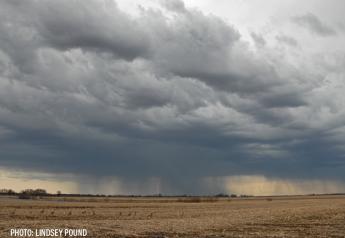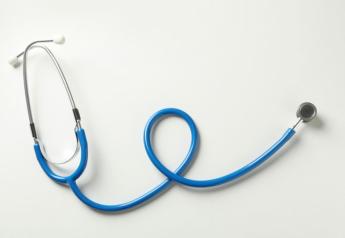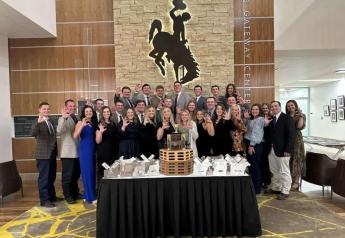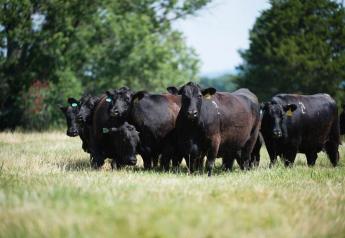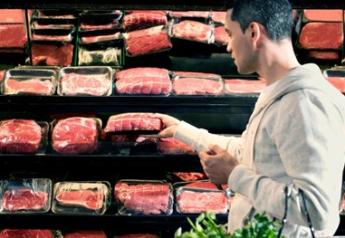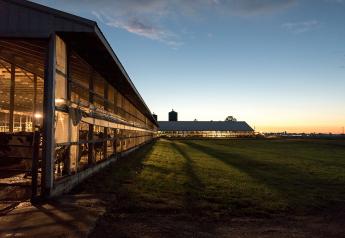Heifer Shortage to Limit Expansion
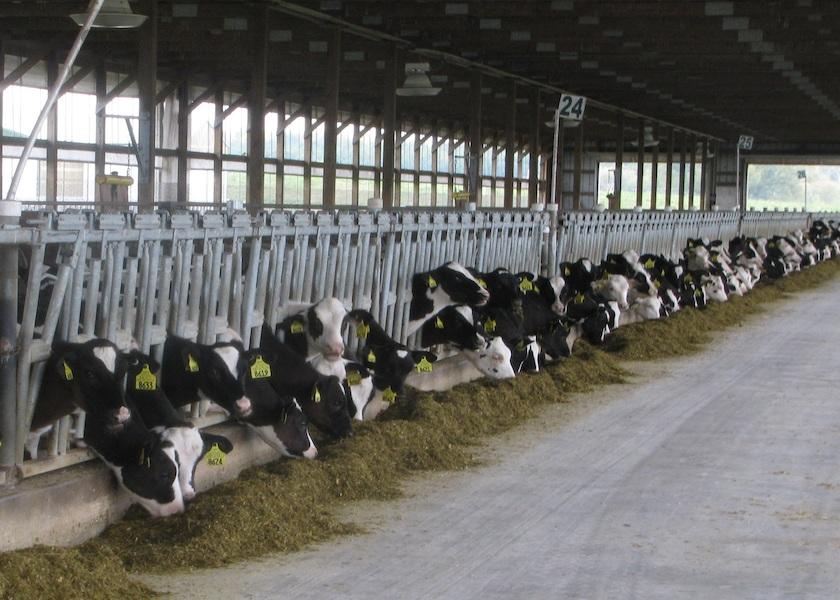
The cost to produce heifers and the value of beef have convinced some the nation’s dairy producers to crossbreed their dairy cows with beef genetics. That, in turn, has reduced the supply of springing heifers ready to enter the milk herd and thus raised the cost to expand, according to Sarina Sharp, analyst with the Daily Dairy Report.
USDA estimates that the number of dairy heifers expected to calve and enter the U.S. milk herd peaked at 3.12 million head in 2016. Last January, dairy heifer numbers fell to a 17-year low of 2.84 million head, a drop of 9% from 2016’s peak, which has supported prices. Since late May, the cost of a springer ready to calve has been above $1,700, and prices are up sharply from a year ago.
Last week, at auctions around the country, spring heifers averaged over $1,800 per head, up from an average of $1,185/head last year at this time. From about 2018 through 2021, springer prices ranged from $1,000 to $1,300/head, so the current increase is notable after several years of stability, Sharp said, adding that last time dairy heifer prices were this high was 2016, amid a multi-year dairy expansion.
“The lower heifer supply has slowed the potential for growth in the U.S. dairy herd,” Sharp said. “While year-to-date dairy cow slaughter is 3% behind last year’s pace, dairy producers have added very few cows this year, partly because of high feed costs and supply management programs, but heifer numbers have also contributed. Together, these factors will continue to cap growth in U.S. milk output.”
The current shortage has been years in the making. For decades, dairy producers have paid more to raise replacement heifers than to purchase them, Sharp noted. However, producers have had few options but to incur the additional cost because they have had to regularly produce calves to stock their barns with milk cows. In recent years, though, high beef prices have given producers the opportunity to calve cows regularly and produce significantly fewer dairy heifers.
At a recent sale in New Holland, Pennsylvania, producers sold young Holstein bull calves for $118/head and dairy-beef crossbred bull calves for $274/head. Based on these auction prices and typical breeding cycles, Sharp calculates that a 1,000-cow dairy could earn about $130,000 this year selling crossbred bull calves or around $68,000 selling Holstein bull calves.
No wonder a growing number of dairy producers now crossbreed some of their cows with beef genetics. Not only does has it allowed them to produce more valuable calves, but it also helped them avoid the expense of raising unwanted dairy heifers. The outlook for crossbred dairy-beef calf prices is also positive due to severe drought in the West, where cattle feeders have been liquidating their breeding stock because of poor pasture conditions.
“When pasture conditions improve, these feeders will want to restock and they will be shopping for calves, which means they’ll be willing to pay more for dairy calves to raise for beef,” Sharp said.
At the same time, though, as U.S. dairy processing capacity expands and feed costs retreat, many dairy producers will want to significantly expand their herds, but today’s heifer shortage will limit how quickly they are able to do that.
“It takes about three years for a producers’ breeding decision to result in a dairy heifer ready to enter the milk-cow herd, so today’s low heifer supplies will have a long-term impact,” she said.


